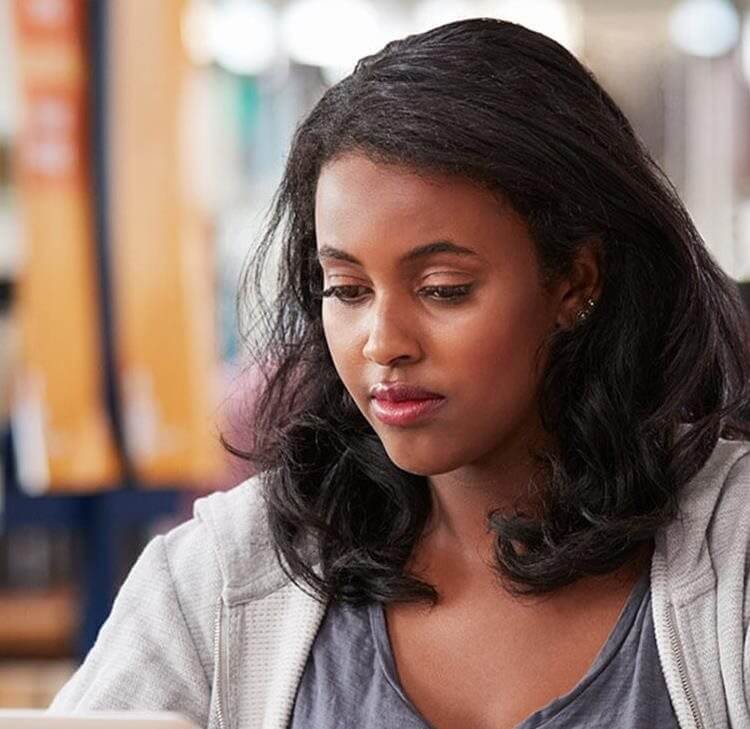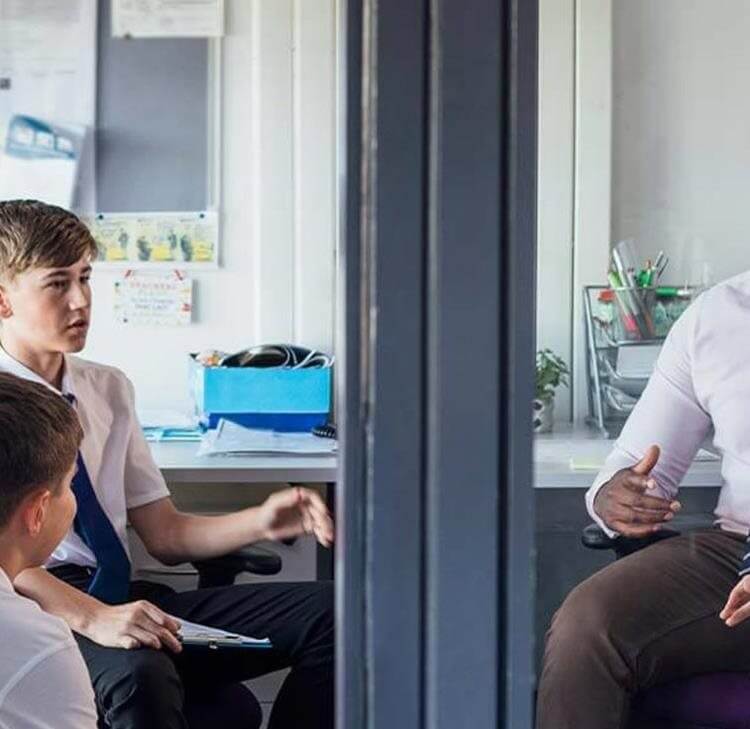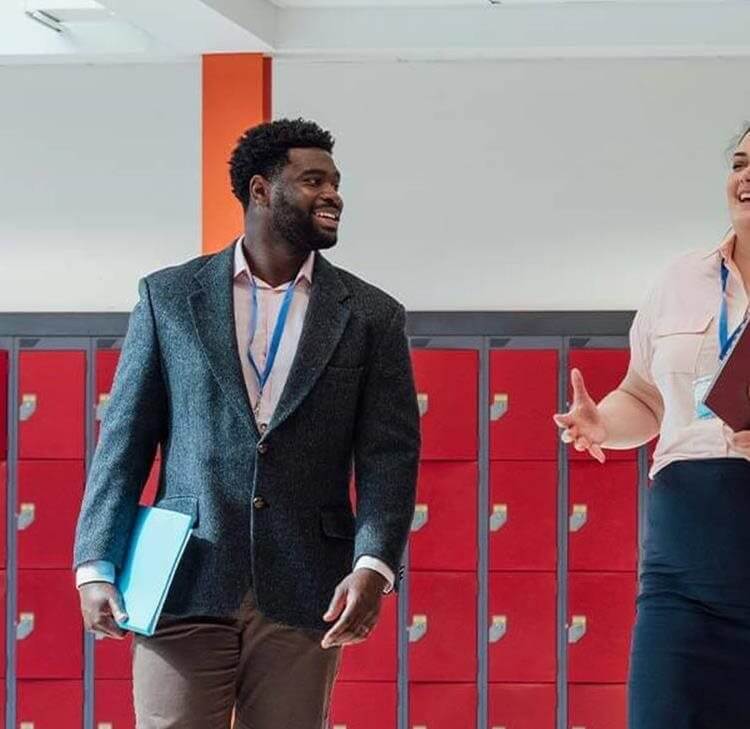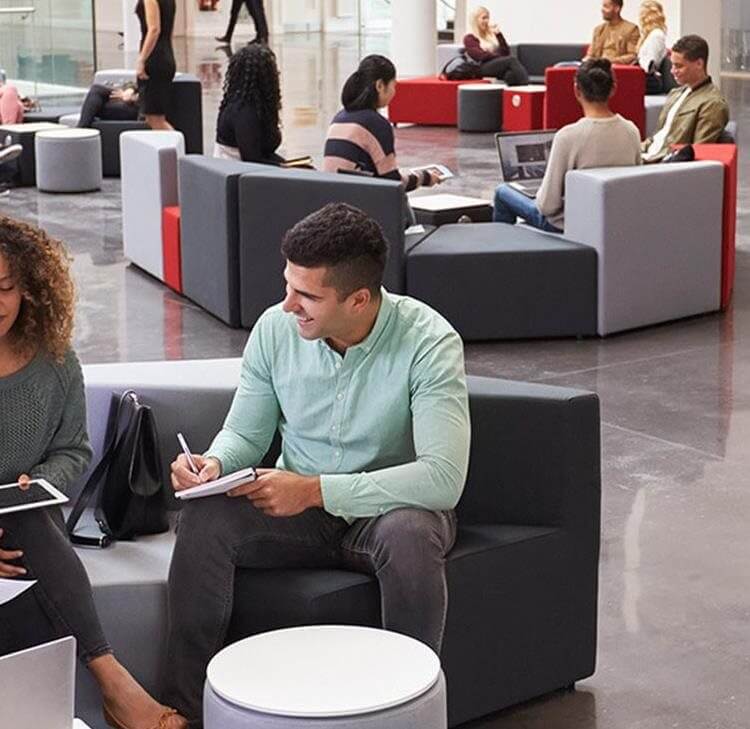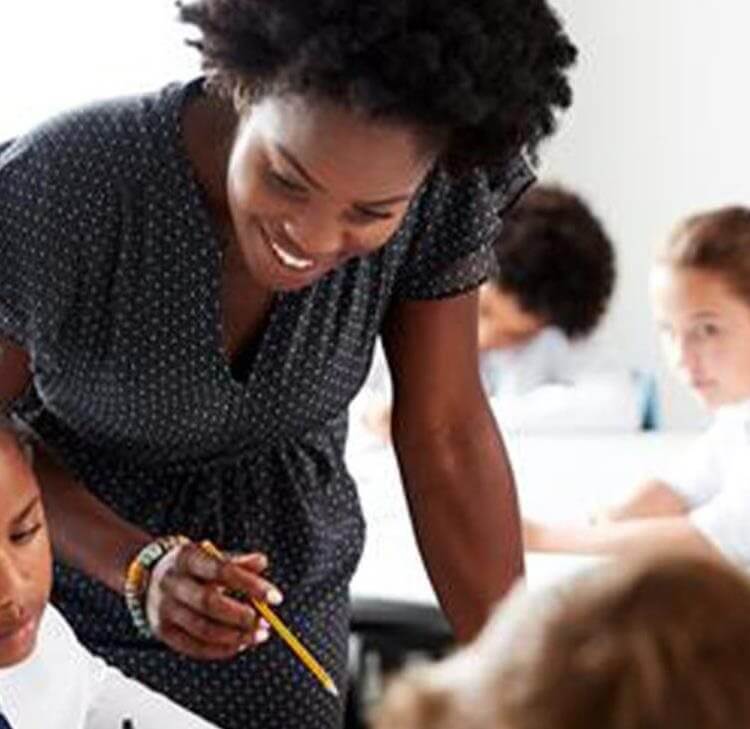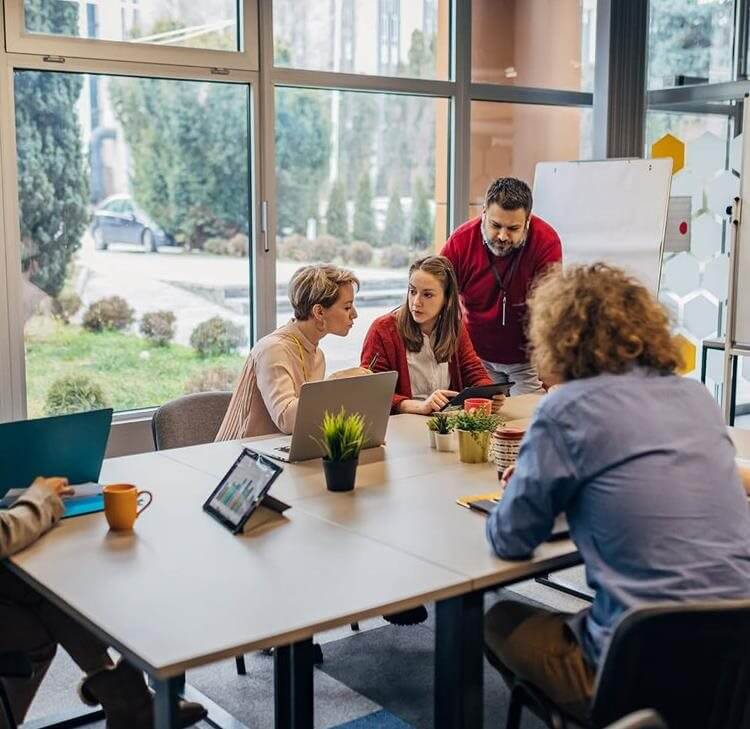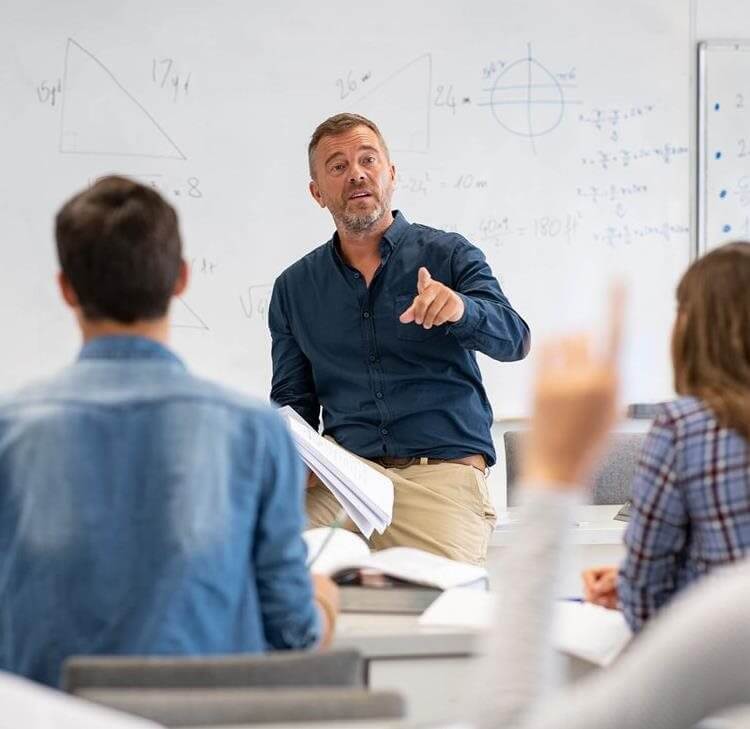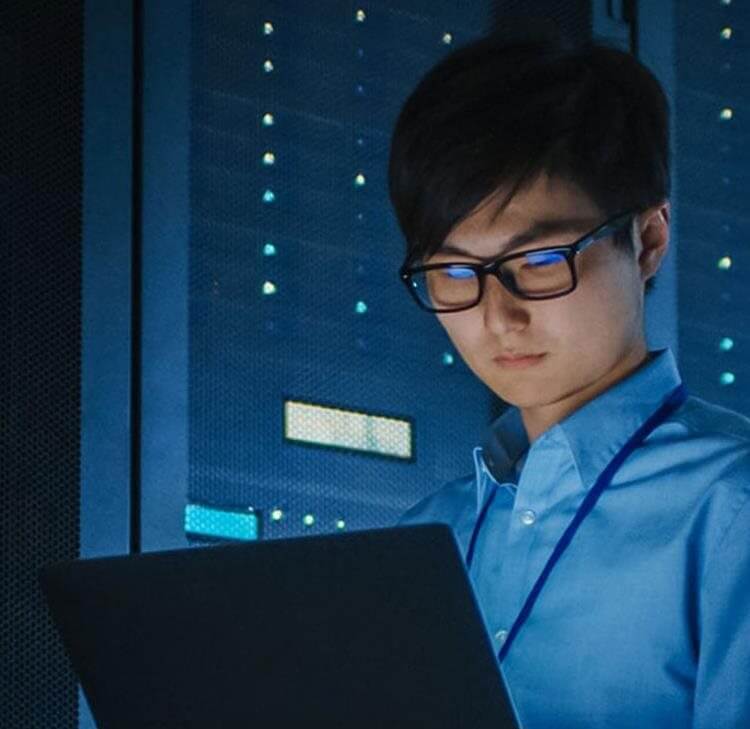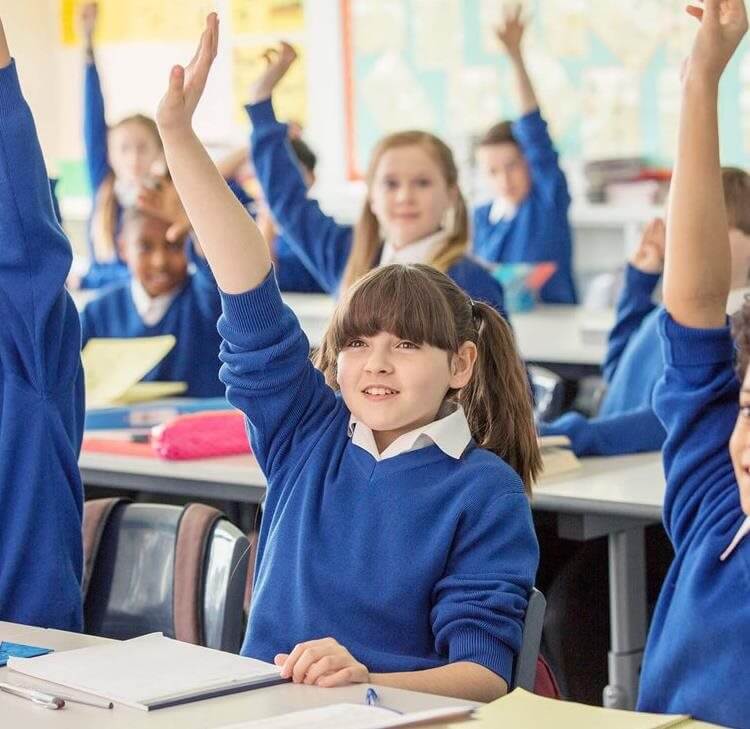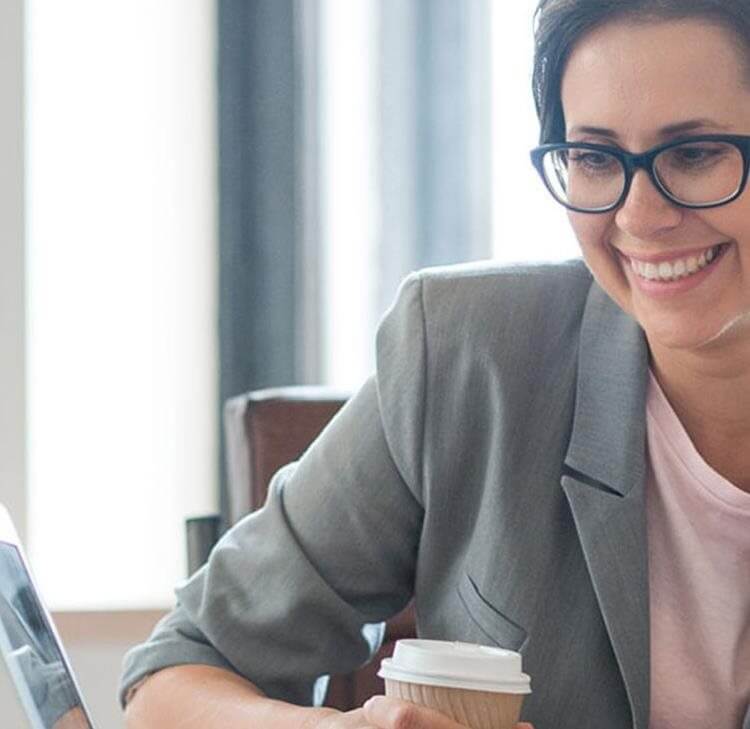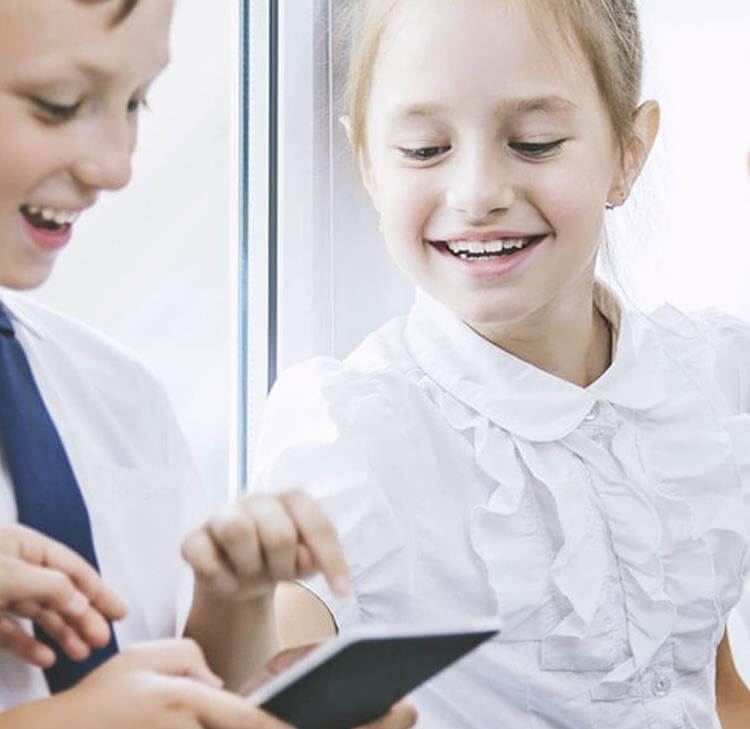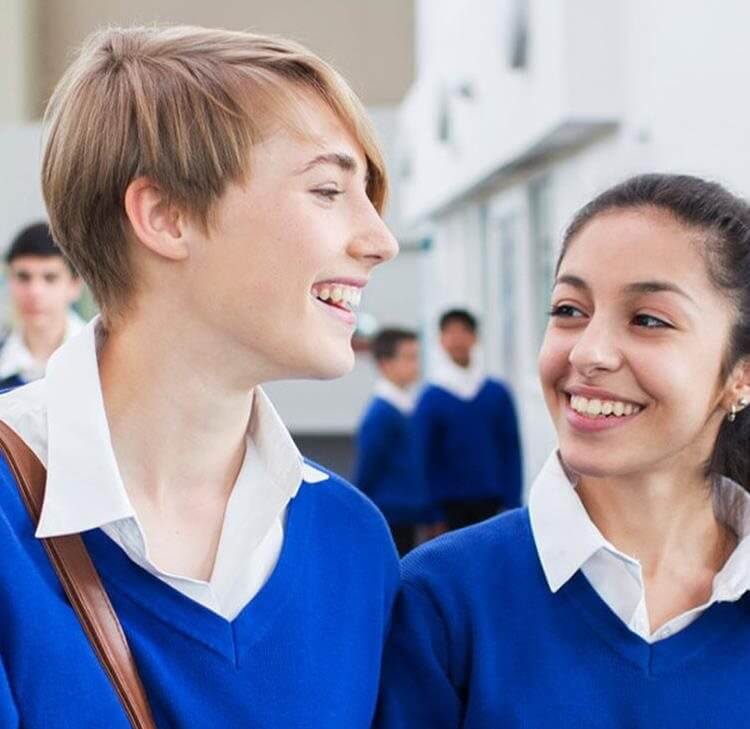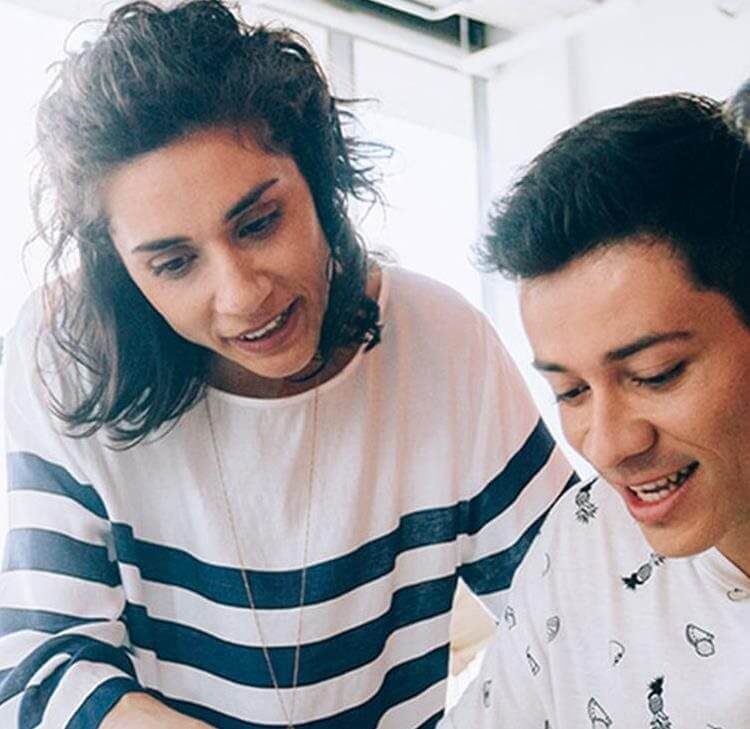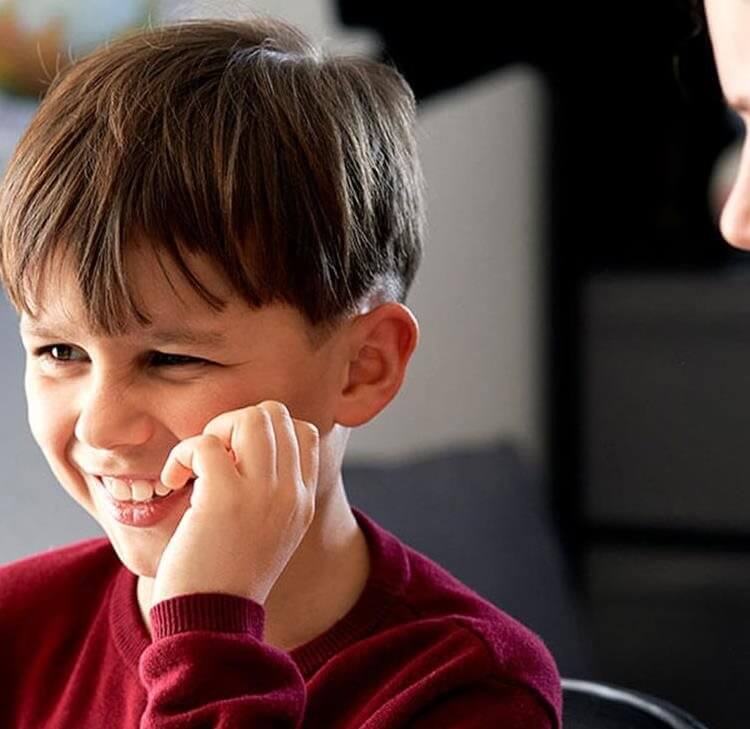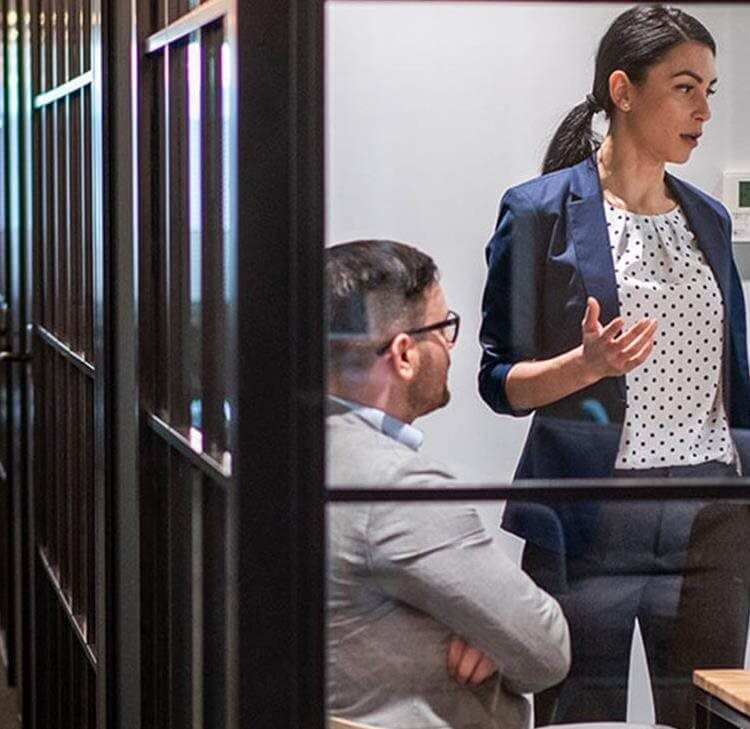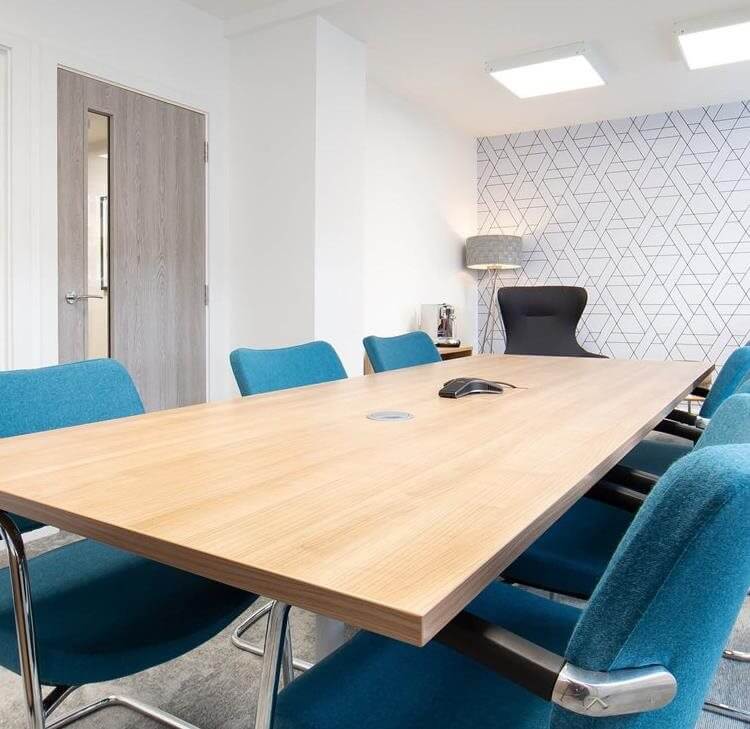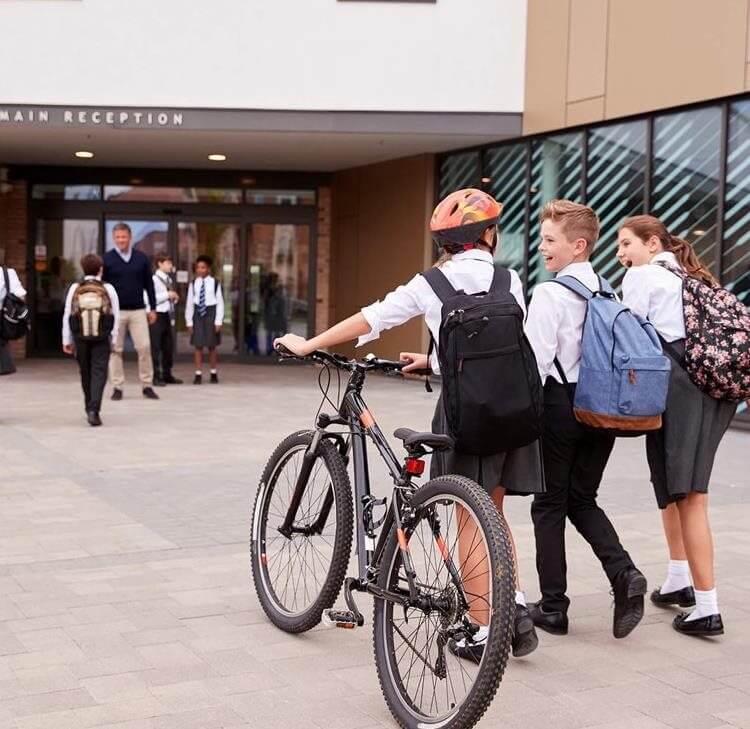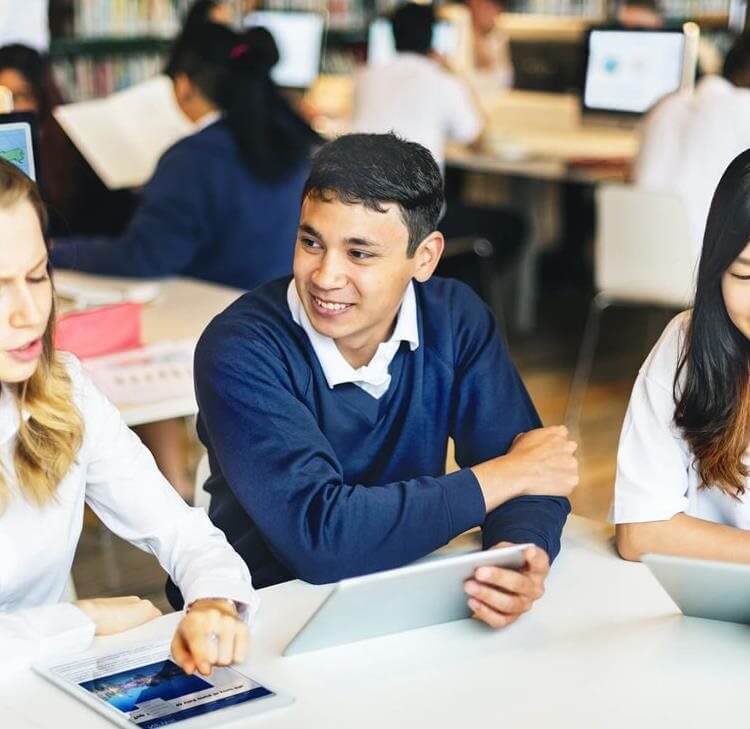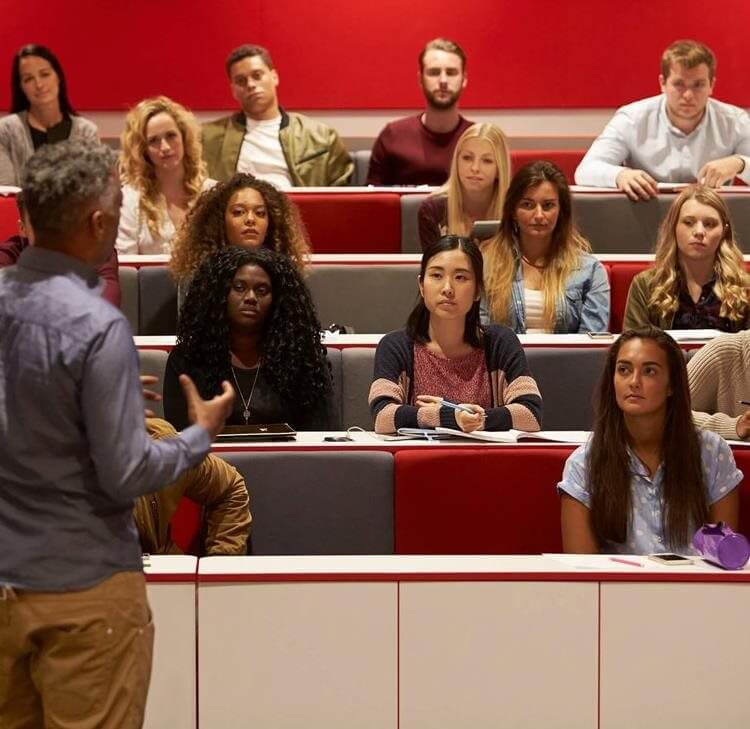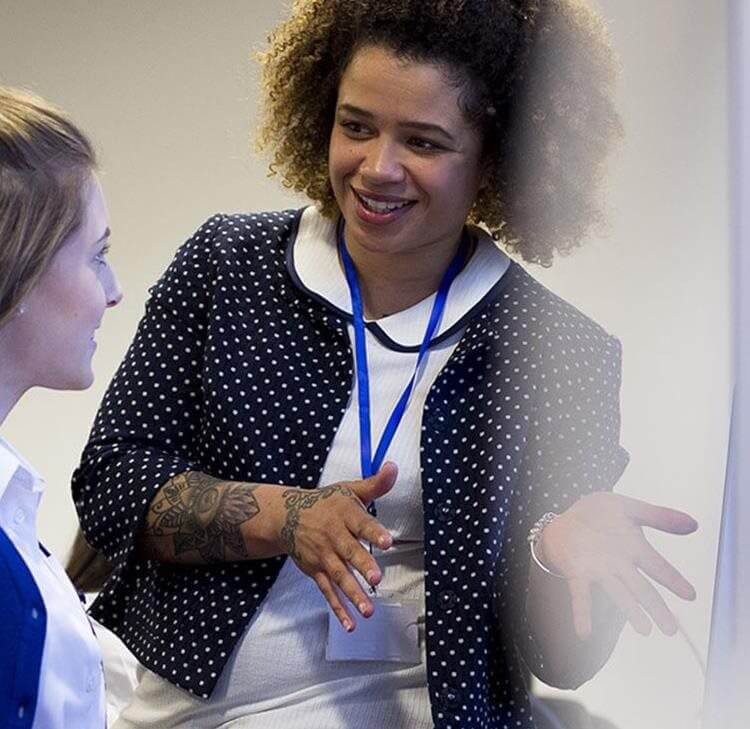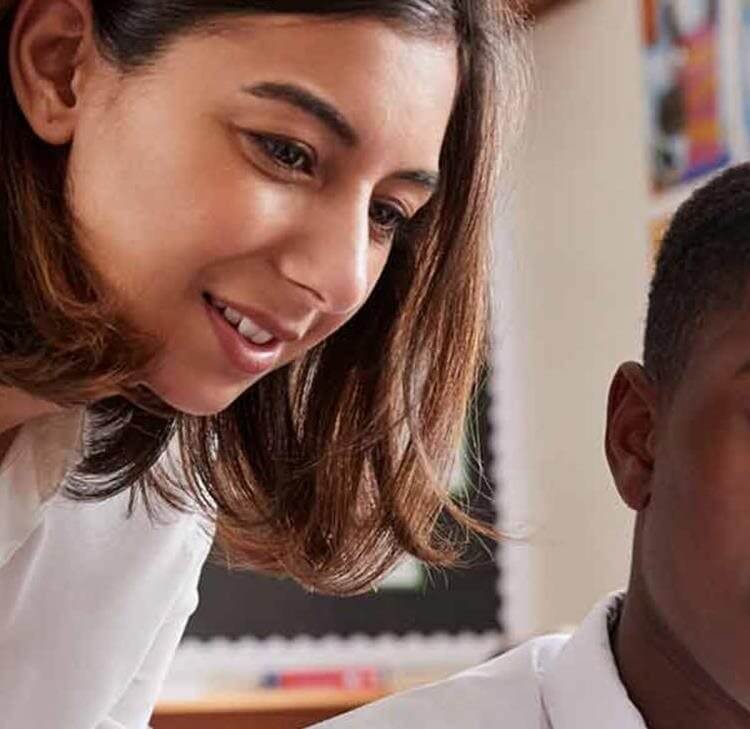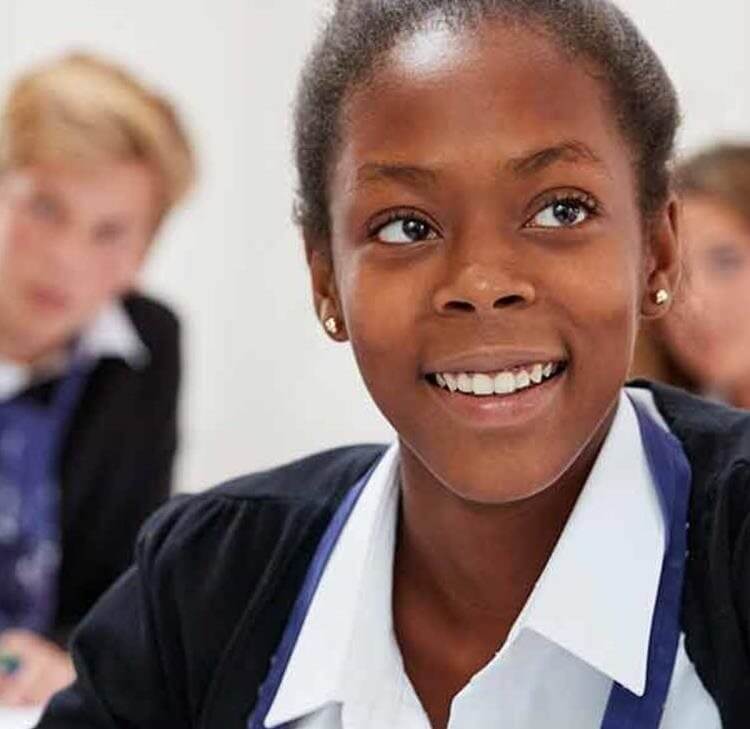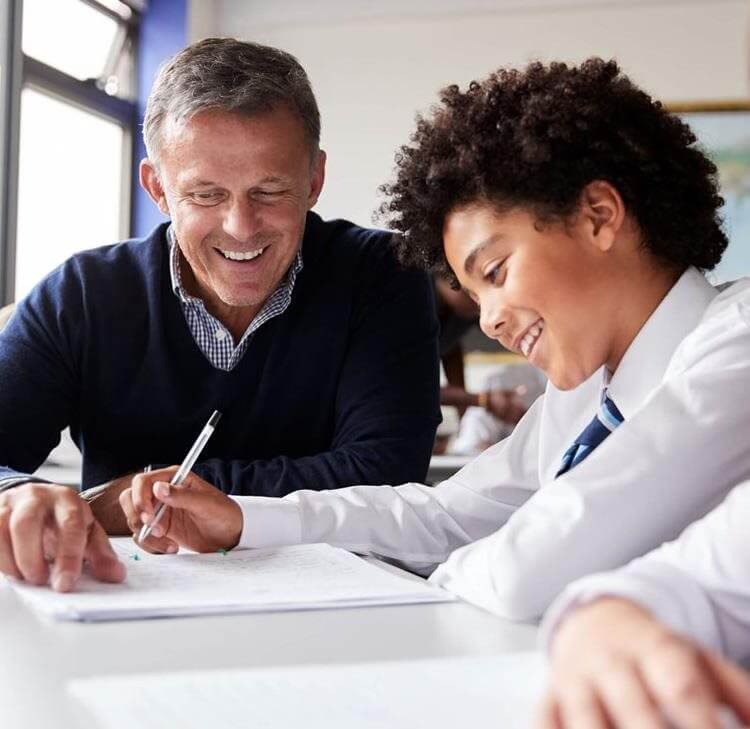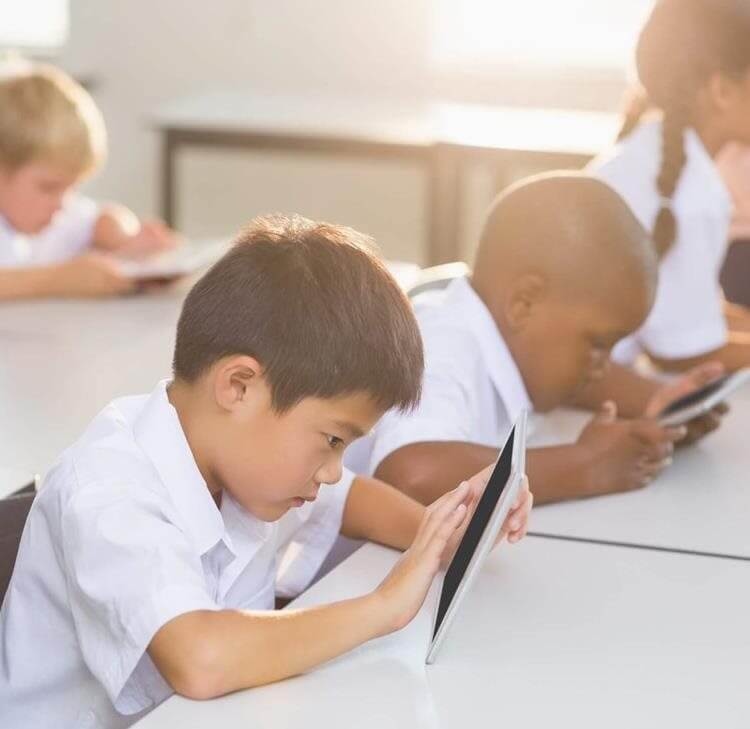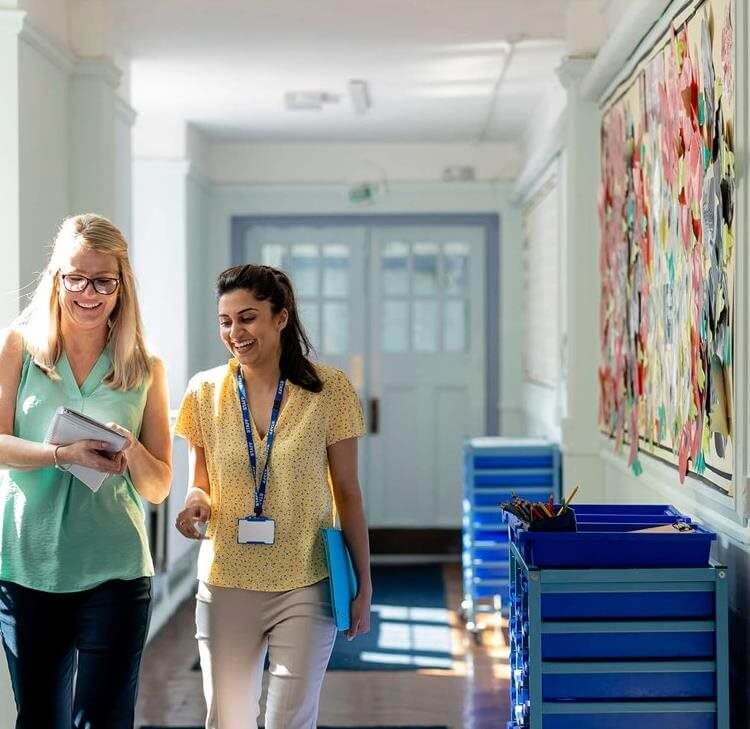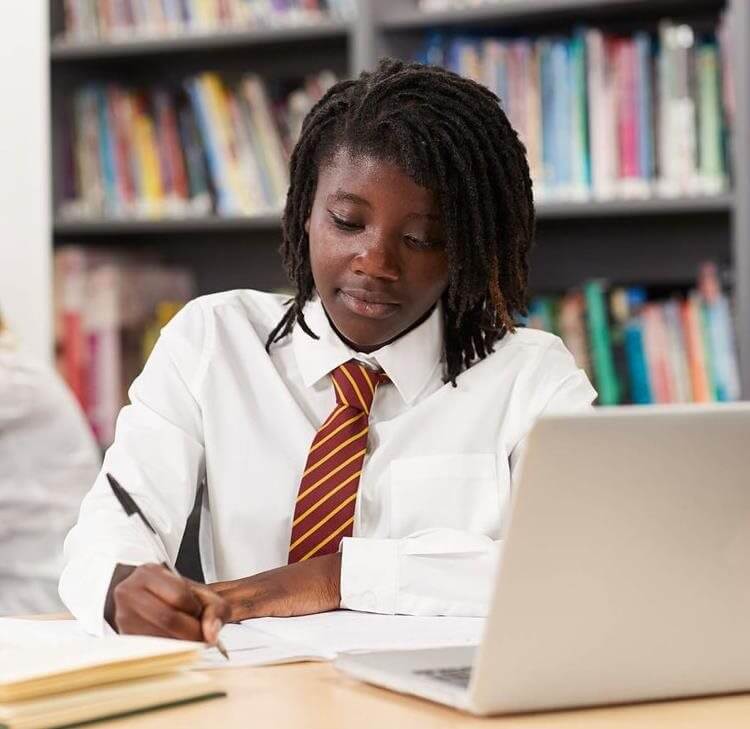Delivering live remote learning to pupils – some data protection considerations
Education providers have become more innovative with their delivery of lessons to ensure all students are able to and are participating. Delivery of lessons include live teaching sessions through video conferencing platforms, but it does create a number of additional issues.
Following the second national lockdown, education providers have become more innovative with their delivery of lessons to ensure all students are able to and are participating. Delivery of lessons include live teaching sessions through video conferencing platforms such as Zoom and Teams etc whilst students work at home. Whilst this is considered more useful and engaging than setting online work and it enables teachers to actually see pupils (which in itself brings a number of positive benefits including being a mechanism to check a child’s wellbeing and understanding of the work set), it does create a number of additional issues for settings.
Some of the data protection related factors schools and academies should consider include:
- Deciding the right platform to use
Consideration includes security, access and where the company providing the platform is based. This is relevant where data is being transferred outside the European Economic Area, as careful due diligence will need to be undertaken and appropriate measures put in place to ensure data is managed by foreign establishments abroad in line with the requirement of the GDPR. This is particularly relevant if the company is in America due to recent cases relating to the “Privacy shield”.
Accessibility to the platform by students in a safe manner will need to be considered along with the benefits offered. How much personal data will need to be shared by the school with the company running the platform. Any agreements will need to be checked to ensure how the foreign company process the data on behalf of the school or Trust is limited.
The previous history of the platform should be considered. Have they had any data breaches, or occasions where others were able to hack into meetings. - Deciding how the sessions be set up?
Consideration will need to be given as to where the staff set up their cameras, especially if there are other children physically present in the class. In addition, will those accessing the lesson remotely be asked to keep their cameras on. This will involve sharing of images of pupils and staff. Where staff and pupils are accessing the platform remotely steps should be taken to ensure that all are aware of the conduct expected in using the platform. This will include ensuring everyone is appropriately dressed and the background where they are seated for the lesson is appropriate. In addition you will want to ensure pupils and staff are not inadvertently sharing their personal data or those of family members without realising, as a result of where they set up their work station and if there are any family members or their images in the back ground etc. Some schools have experienced issues concerning additional family members being in the session with the child. Whilst some parents are unable to see any specific issue with this, it can be disruptive and should be discouraged. - Deciding whether or not the session should be recorded.
Some schools and academies have considered whether the live session should be recorded for safeguarding reasons or for students who miss the live session or wish to go over the lesson again to view at a later date. This in itself attracts a number of data protection considerations such as where and how the recording will be stored; how long it will be stored for; and who will be able to access the same. In addition, where students are present consideration should be given as to whether the recordings should be edited before being shared further, e.g. blurring out children’s images and dubbing out any reference to a child’s personal data etc. School’s have raised concern that it is not practical for children to have the cameras off for certain sessions as it is not possible for staff to read students from their silence behind a screen, whereas facial expressions can be picked up. Accordingly, if any recording is to be made, this should be made clear to all participants and the legal basis for doing so.
Another important consideration is whether students should be permitted to record the live remote session and how this will be regulated. Whilst staff will be able to see on a number of platforms if pupils are seeking to make recordings it is difficult to see beyond this if a pupil has another device angled at and recording from the screen. Expectations in respect of behaviour should be set out at the outset and the consequence of any breach of this, and if appropriate tied to the school behaviour policy. - Rights in any recorded lessons
In addition, staff may consider that as they are delivering the lesson, that they should be entitled to use any recording for example on their own social media platforms to promote their work such as Youtube channels. As children are discouraged from making recordings for posting on social media, similarly staff should have a similar code of conduct which clarifies that they are processing data for the school / Trust and therefore would need to seek necessary permissions, especially where students or other individuals may be present.
Education establishments should review their documents and policies relating to data protection and in particular their privacy notices, data protection policy and retention and destruction policy. Also, where recordings are made with staff and pupils present, schools should be aware the recording may fall within the scope of a subject access request.
As always, you should seek legal advice if you are unsure of any of the above or the legal basis on which these activities can be undertaken.
Contact

Mark Hickson
Head of Business Development
onlineteaminbox@brownejacobson.com
+44 (0)370 270 6000

